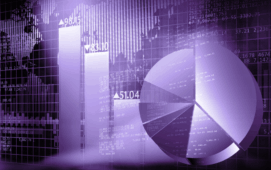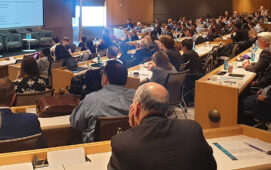I often describe latency as the time it takes to move data from point A to point B, and/or the time taken to process that data at points A and B. I think it’s true to say that the majority of content on this site is about moving data from A to B. But processing data – the C, or compute element, of latency is increasingly a focus.
The computing in low latency processing takes many forms. It can be related to data manipulation, such as the conversion of message formats; or data management, such as working with a time series database; or numerical processing, such a calculating an order price or size.
With the latency related to moving data – propagation latency – well understood, increasingly a focus for architects and developers is the latency related to trading applications, and minimising this compute element is very much the goal of this activity.
Tackling this application latency is very much a requirement for “Intelligent Trading” – making the right trade in a timely manner, though not always being the fastest.
Reducing application latency is not just about software. The hardware platform upon which applications run play a crucial role, even though the software geeks often wince at solving a challenge through faster hardware.
As an example, recent news from DataDirect Networks related to its STAC-M3 benchmark, involving processing of tick histories managed by Kx Systems’ kdb+ database running against its SFA12K-40 hybrid flash/spinning disk ‘Big Data’ platform, demonstrates the role of hardware in directly boosting application performance.
We’ll be covering this topic increasingly within the Low-Latency.com community. It will also be a big focus on our May 1 Low-Latency Summit, taking place in New York City.
Subscribe to our newsletter





